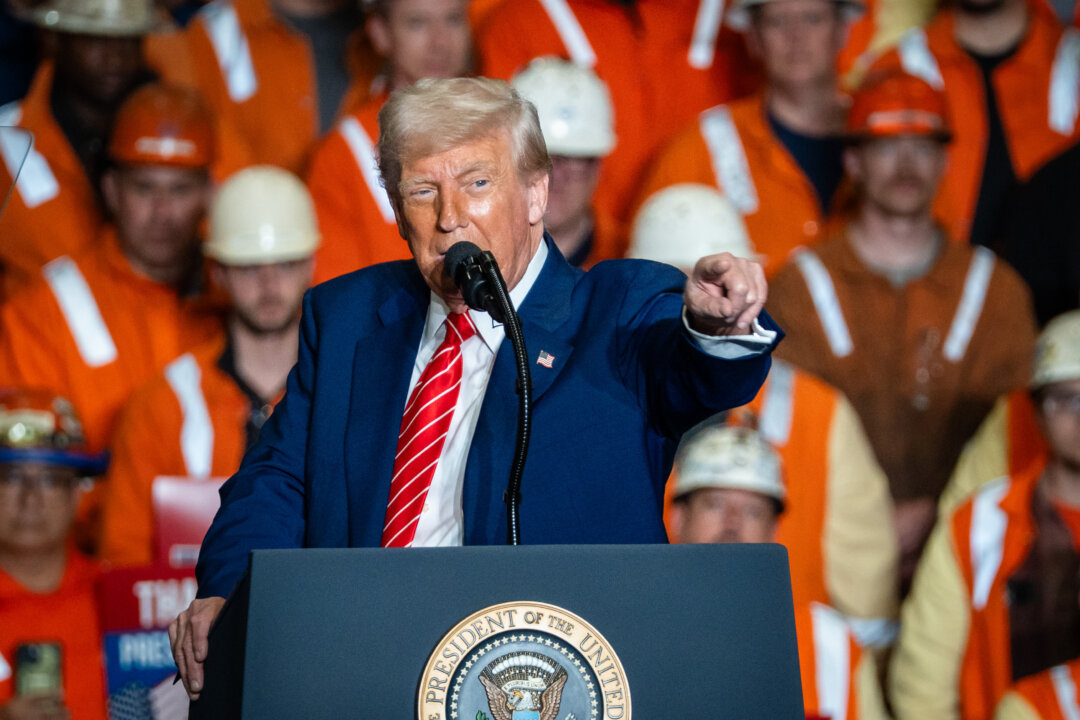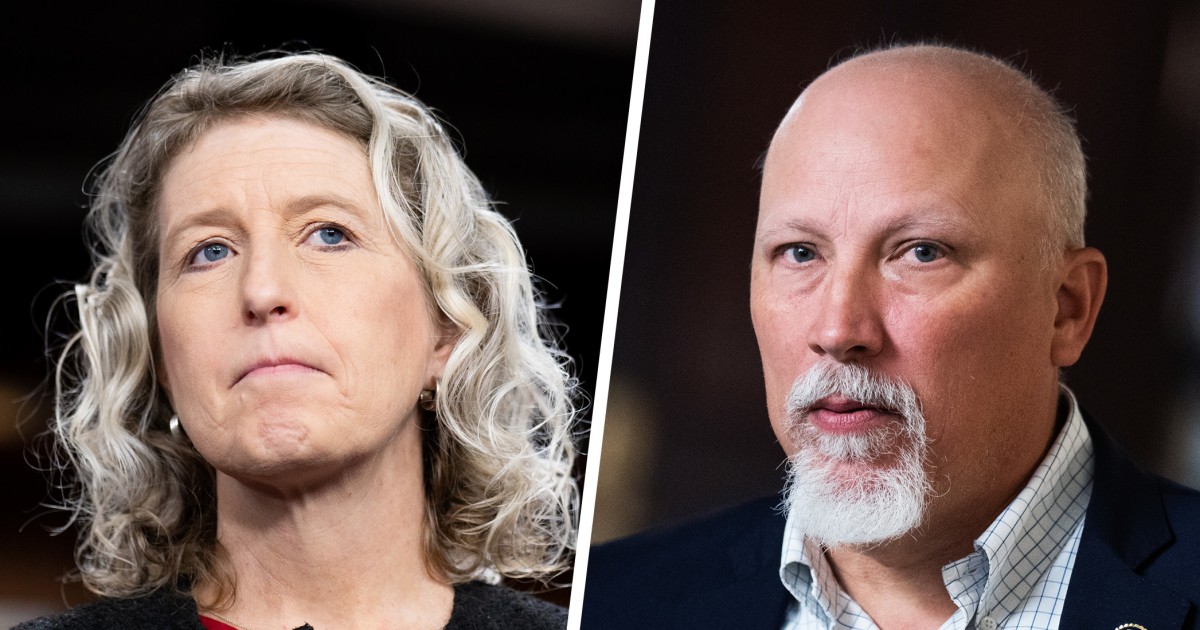Congress Faces Challenges Over Debt and Tax Bill Amidst Divided Opinions
Congressional leaders are navigating a complex landscape of fiscal policy, with debates over debt levels and tax reforms intensifying as deadlines approach.
Subscribe to unlock this story
We really don't like cutting you off, but you've reached your monthly limit. At just $5/month, subscriptions are how we keep this project going. Start your free 7-day trial today!
Get StartedHave an account? Sign in
Overview
- The federal debt is projected to reach 134% of GDP by 2035, with President Biden targeting a 35% ratio by 2032.
- The One Big Beautiful Bill Act is under scrutiny for its fiscal implications and is seen as a return to conservative economic values.
- Senate Majority Leader John Thune is spearheading efforts to pass President Trump's tax-and-spending package before the July 4 deadline.
- Thirteen House Republicans are advocating for reduced clean energy cuts in a previously supported bill due to concerns over abrupt credit phaseouts.
- A Princeton study indicates U.S. electric vehicle manufacturing capacity will nearly double by 2030, aligning with the anticipated demand for domestic vehicles.
Report issue

Read both sides in 5 minutes each day
Analysis
Emphasizes Senate factions' concerns over spending cuts and potential debt increase from the House plan.
Articles (8)
Center (2)
FAQ
The One Big Beautiful Bill Act introduces significant changes to the immigration system, including increased fees for humanitarian protection, a tax on remittances, and restricted access to federal benefits for certain families. It also enhances border security and enforcement measures.
The Act includes provisions to increase the statutory debt limit. However, specific details on how it affects the debt level are not detailed in the available information.
The Act extends President Trump’s 2017 tax cuts and introduces new tax reductions. It also includes provisions like increasing the State & Local Tax Deduction (SALT) cap.
History
- 5M

 4 articles
4 articles






